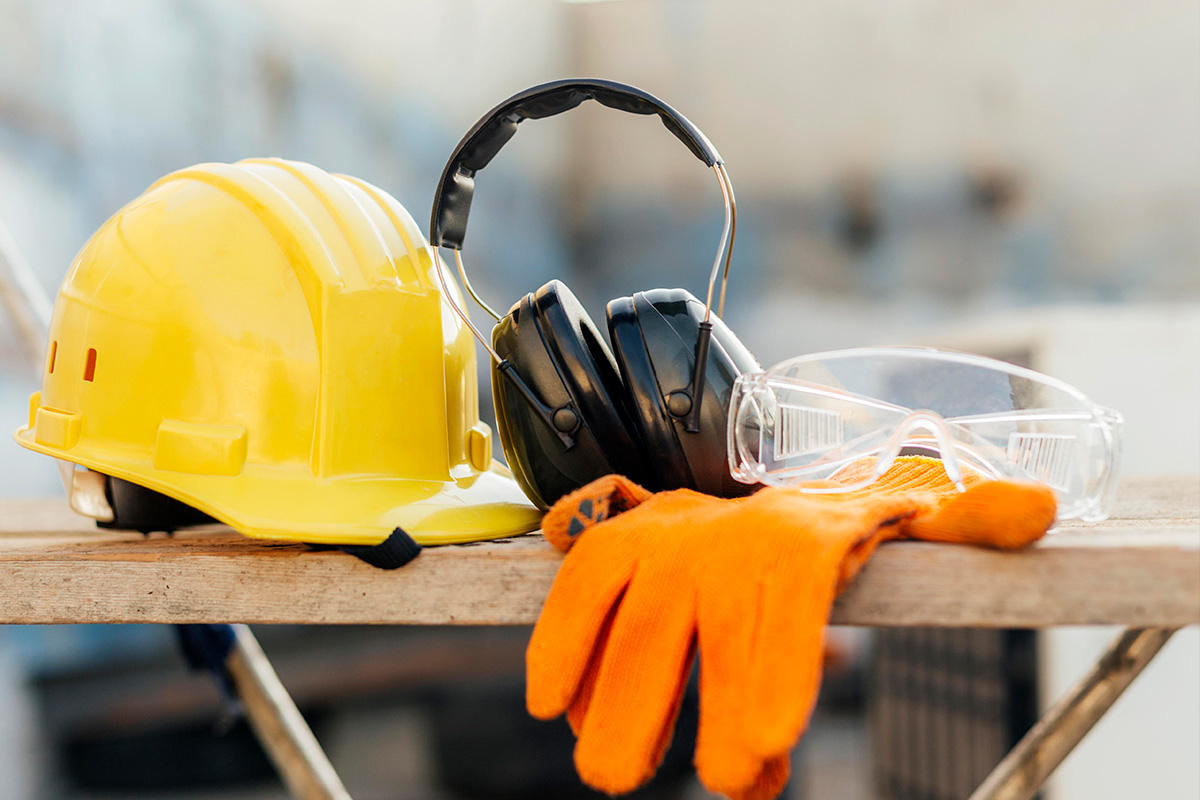
Industrial safety in the use of 1TP5Valves is a fundamental issue in the industry, especially in applications involving the handling of #fluids a 1TP5High pressure y #temperature.
ZAES needle valves are essential devices in systems where precise flow control is required, and their incorrect use can have serious consequences for the 1TP5Security and the integrity of the system itself.
In this comprehensive development, I will address several key aspects related to industrial safety in the use of needle valves.
- Design and proper selection of needle valves:
Working pressure:
Working pressure is a critical factor.
Needle valves are designed to handle high pressures, but must be carefully selected to meet the specific demands of the application.
The following should be taken into account #Overpressure and water hammering.
Temperature:
Needle valves are available in different materials and seals, and the choice must consider the temperature of the fluid.
At extremely high or low temperatures, some materials may become brittle or ineffective.
Type of fluid:
The nature of the fluid (liquid or gas) and its chemical composition must be compatible with the valve materials in order to avoid the #corrosion or undesired chemical reactions.
Duct size:
The size of the valve must be suitable for the diameter of the duct to which it is connected.
An incorrectly sized valve can cause flow restrictions or excessive pressure losses.
- Training and education:
Identification of components:
Workers should learn to recognise the components of a needle valve, including the stem, spindle, body and seals.
This is essential to understand how the valve works.
Safe operating procedures:
Operators must know the specific procedures for opening and closing the valve safely, avoiding sudden movements that could damage the valve or cause leakage.
Warning signs:
They should watch for warning signs, such as visible leaks, unusual noises or sudden increases in temperature or pressure in the system.
- Periodic inspection and maintenance:
Visual inspection:
Workers should perform regular visual inspections to look for signs of corrosion, leaks or physical damage to the valve and its components.
Preventive maintenance:
This includes lubrication of moving parts, replacement of worn seals and gaskets, and adjustment of components as necessary.
- Closing and opening procedures:
Speed of operation:
Needle valves should be opened and closed slowly and carefully to avoid abrupt changes in pressure and flow that could damage the system or create hazards to workers.
- Prevention of leaks and spills:
Seals and packaging:
Seals and gaskets of high quality and adequate chemical resistance must be used to prevent leakage.
Leak detection:
Implement leak detection systems, such as gas or liquid sensors, to provide immediate warning of potential problems.
- Personal protection:
Safety goggles:
Protect the eyes from splashes and 1TP5Unexpected leakages.
Gloves:
They help protect hands from hazardous chemicals and extreme temperatures.
- Risk management:
Risk assessment: Conduct a comprehensive analysis of the potential risks associated with the operation of needle valves, including the identification of possible failure scenarios.
Control measures:
Implement control measures such as pressure relief systems, lockout/tagout systems, and automated control systems to minimise risk.
In general, safety in the use of needle valves involves a combination of careful selection, proper training, periodic inspection and maintenance, and the implementation of safety measures to ensure that these valves operate safely and efficiently in industrial environments.
Strict compliance with safety procedures and standards is essential to prevent accidents and protect workers' health.









